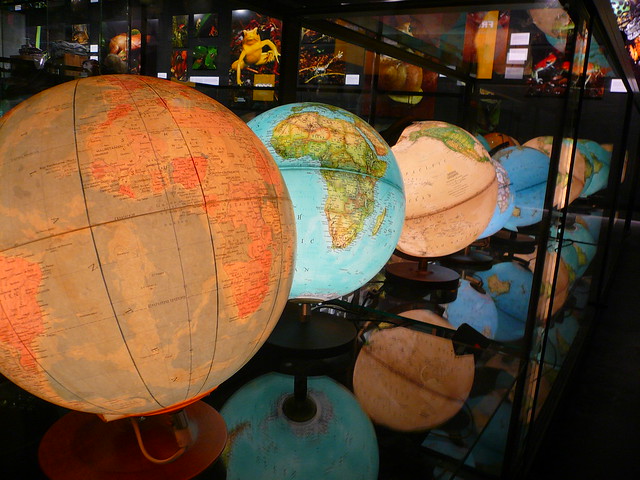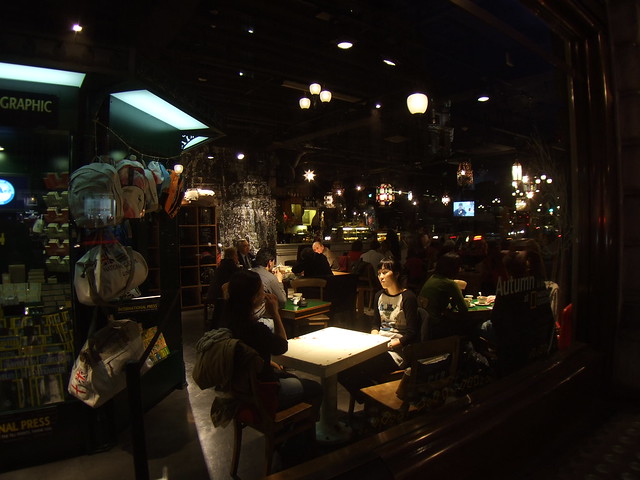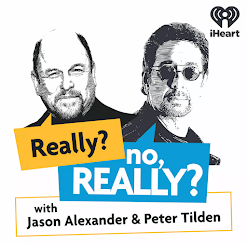Updated 30 October 2024 to take account of Community Interest Companies (CICs) like Inside Success or Uplifterz - those are not charities and will sell you magazines or ask for donations. Registered charities will usually try and get you to sign up for Direct Debits. CICs are not subject to the Charity Commission.
--------
This post is not intended to be snarky to everyone who works to raise money for charity by face to face engagement and fundraising. I'm sure many of them are nice people doing a worthwhile job that is actually successful at raising money. Good luck to them. Many of the people doing this job are... less pleasant to encounter.
I'm still not a fan of even the nicest ones though (I find being interrupted while out shopping very annoying) and while I can fairly easily brush off anyone who wants to chat to me in the street I'm aware that others find it harder.
They used to be a lot more persistent (late 90s / early 2000s) and would follow you down the street but they seem to have stopped doing that at least. I've been inspired by reading Dr Vicky Forster's thread about a recent annoying encounter she had, some of the replies too - eech.
There's rarely* a good reason to be actively rude to face to face fundraisers, they are just doing a job and you can say no - but in the unlikely event that they up the ante a bit here are some things you might like to have tucked away in your bag of ready-made responses.
*OK if they become a bit too persistent then I might get a bit snippy. I was also pretty blunt to (and reported him) the one who told me to cheer up. (I'm not planning on being particularly polite to the newer CICs who are known to try and intimidate commuters).
If a firm "no, thank you" or "I'm not interested, thanks" doesn't suffice, feel free to be creative. Here are some suggestions which can be adapted to suit, depending on how irritated you're feeling.
• "I never hand over my bank details to strangers" (what happens if their clipboard or tablet is mislaid or stolen, why can't they give me their charity's bank details)?
• "I never hand over money to strangers" / "I never make unplanned purchases"
• "I don't do direct debits" (this is really true for me, I don't)
• "I'd need to take some information so that I can do my 'due diligence'" (how much is the CEO paid, if a charity what proportion of income is spent on research etc, look at their page on the charity commission website or Companies House, view their filings and reports, see what ITV or Mail on Sunday have said about them - see below).
• "I'm recovering from an illness and really need / want to keep moving"
• "I have not been authorised to discuss [charitable giving] with you" or "I am not at liberty to discuss the matter" - worth a shot ;)
• "I'd need to check with my [partner]" (imaginary or otherwise) - not everyone is in a position to donate money and may want to check with someone first
• "I'd need to discuss with my [accountant / financial advisor] whether this is an effective / appropriate way for me to donate"
In some cases I may be happy for the chugger to give me the charity's bank details and if I want to set up a donation I could do that quite easily myself as a one-off or a standing order. I would be very unlikely to get involved with donating to the CICs as I'm not sure how they're regulated.
Further reading
ITV did a story on Inside Success / Inside Success Union in 2023 (here's a 3min summary video).
There's also this Mail on Sunday story about Inside Success CIC "Exposed: Where the £3million we hand over to anti-knife 'charities'' pushy High Street collectors REALLY ends up" from 25 May 2024.
I think Uplifterz CIC (incorporated July 2024) and Uplifterz Union C.I.C. (incorporated September 2024) are too new to have been written about, other than in this Mumsnet thread.











